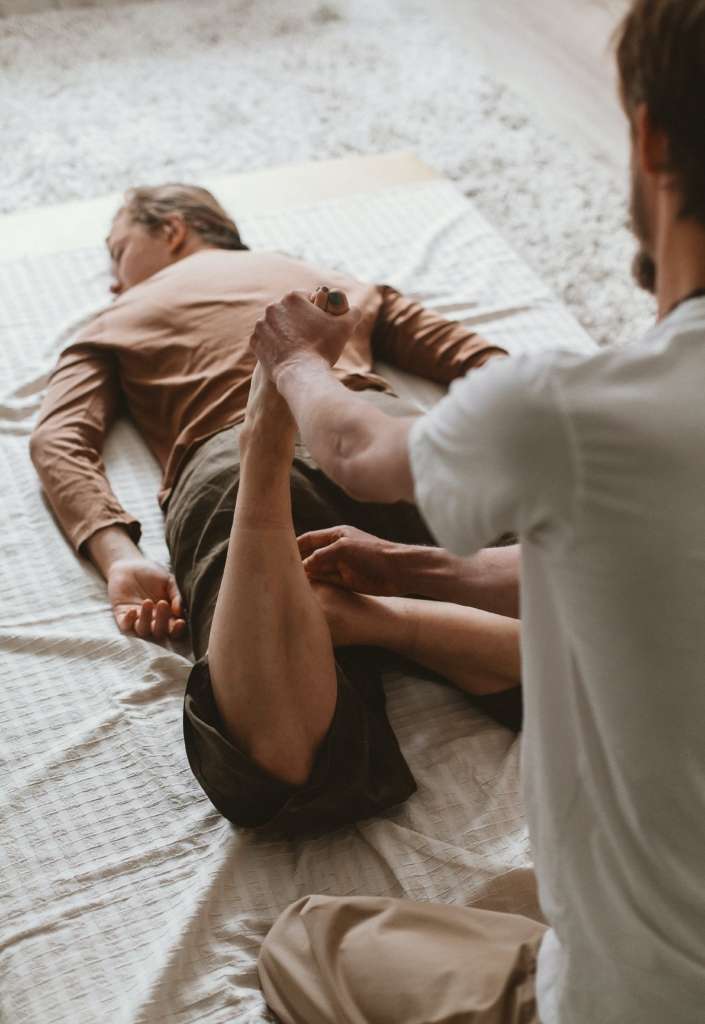Our Physiotherapists are qualified and trained in the assessment, diagnosis, treatment and management of a variety of neurological conditions. These conditions include, but are not limited to, multiple sclerosis, functional neurological disorders, stroke, Parkinson’s disease, Guillain-Barre syndrome, cervical and lumbar radiculopathy, and peripheral neuropathies.
How does Physiotherapy treat Neurological Conditions?
Exercise
Neurological physiotherapy uses a variety of techniques to promote functional movement by training your brain and spinal cord (central nervous system), as well as the nerves throughout your body (peripheral nervous system) to communicate effectively with your muscles to help your body move. Our physiotherapists use specific exercises that stimulate these nervous systems to strengthen these neurological pathways and promote neuroplasticity (your brains ability to adapt and reorganise itself to help promote function).

Mobility Assessments and Mobility Aid Prescription
Our ability to safely move and get from A to B is essential. In the case of many neurological conditions, our ability to move and walk may be effected and can increase the risk of injury. For example, falling due to reduced lower limb strength or sensation.
Our physiotherapists are able to determine an appropriate mobility aid to meet your needs by assessing your ability to get in/out of bed, on/off a chair, walking on flat ground and up/down stairs. Depending on when and where you find it difficult to move, our physiotherapists can then advise you as to what strategies you may find helpful to mobilise, as well as prescribe necessary mobility aids to ensure you do this safely.
The mobility aids can include various kinds of crutches, walking sticks and four wheeled walkers to meet the needs of our clients.

Splinting and Orthoses
In addition to mobility aids, some neurological conditions require a splint to ensure our limbs are well supported and are not at risk of causing further injuries such as tripping over a paralysed foot, or contractures (when muscles tighten in a shortened position).
We have a variety of splints that we can prescribe to our patients depending on their needs. These include, but are not limited to:
– Ankle foot orthosis (AFO/foot drop splint)
– Resting night splint for both hands and feet
– Shoulder slings
– Various hand splints

Manual Therapy
Techniques involving manual therapy have strong evidence to suggest they are effective in reducing chronic pain associated with some neurological conditions, in addition to improving joint and muscle flexibility.
We use a variety of hands on techniques, including massage, trigger point dry needling, joint mobilization and stretching, in conjunction with exercise therapy to help reduce pain and improve function.

